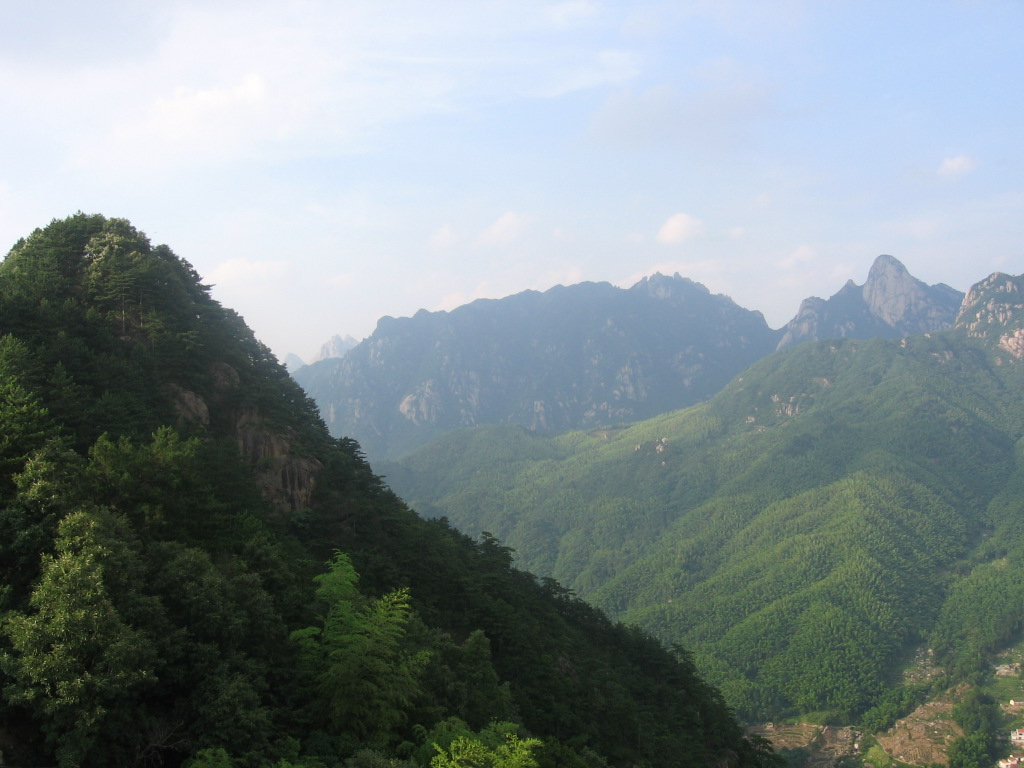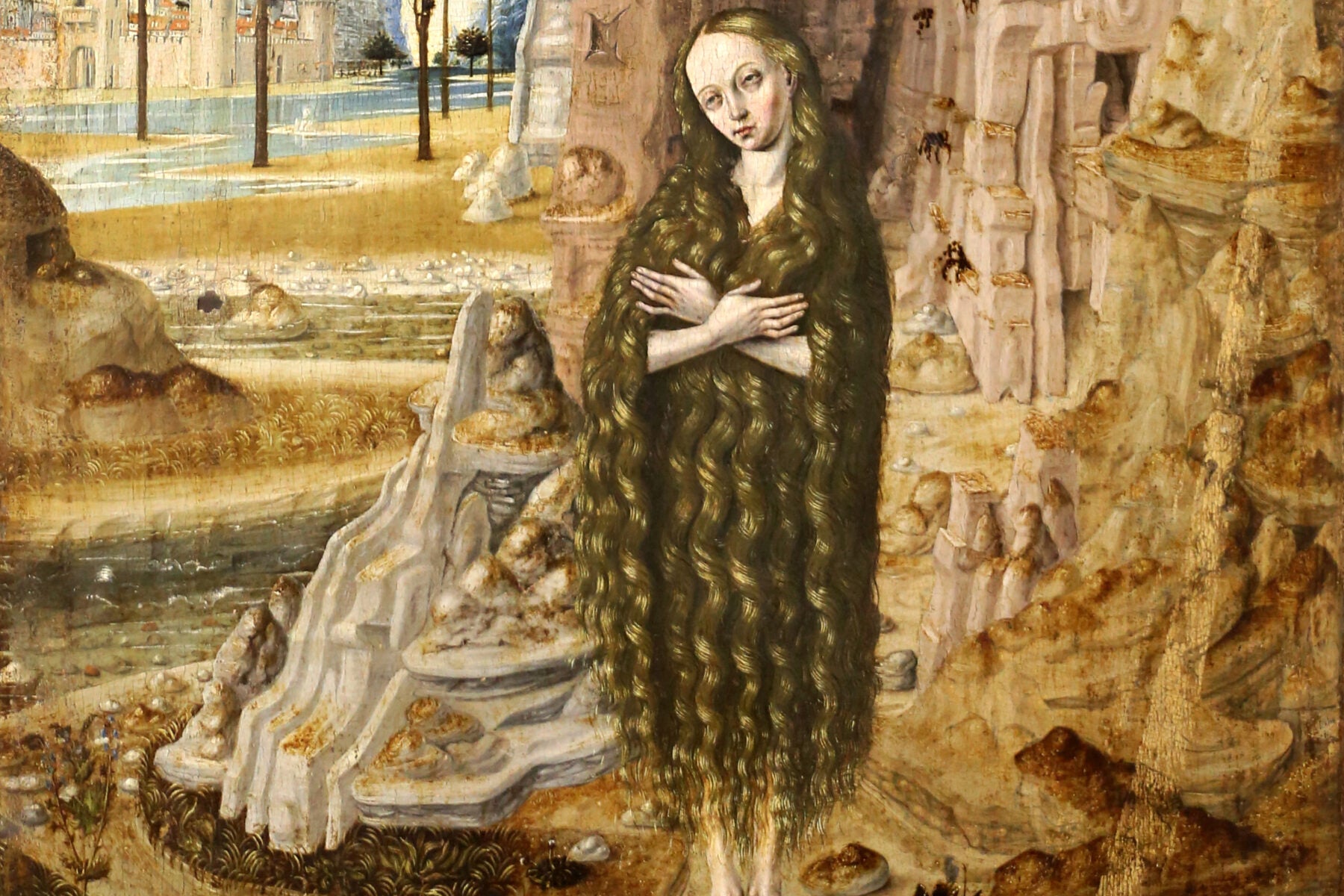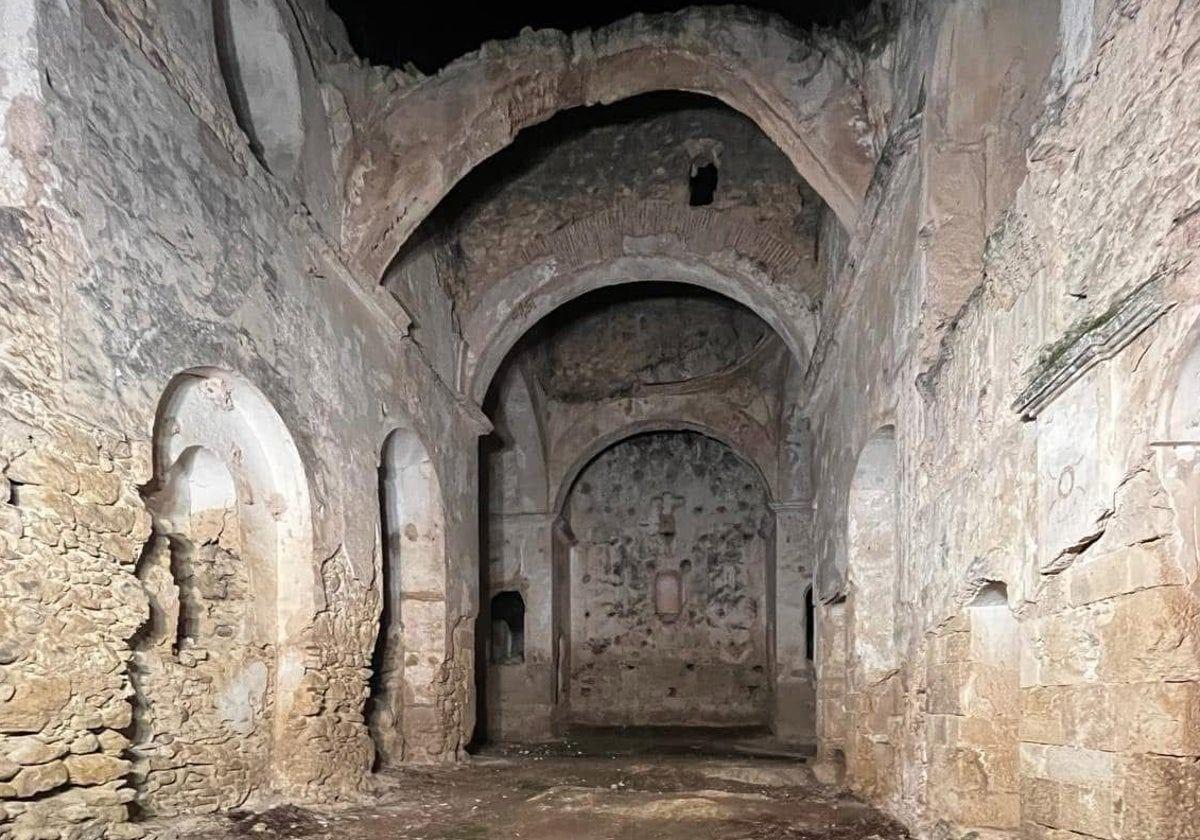
Two local articles summarize the life of John Kergan, a hermit of British Columbia (Canada): “Alone and in peace: the fascinating, forgotten tale of Trial Island’s hermit” (Saanich News, BC) and “John Kergan, Hermit of Trial Island” (T.W. Paterson’s blog on British Columbia history).
The Saanich News item compares Kergan — who thrived in the late nineteenth century — to the late island hermit of Sardinia, Mauro Morandi.
From Paterson’s article: “Kergan seemed to have but one desire in life: to live by himself without interruption or the amenities of civilization. Just offshore of Victoria, on Trial Island, then uninhabited but for seabirds, seals, mink and occasional picnickers, he constructed a crude shelter of driftwood. He was almost totally self-sufficient; with a home-made forge, and rip-saw powered by a windmill of driftwood, he built boats. His salt also was provided by the sea and wild berries on the island were picked for jam, clams were smoked.”
URLs: Saanich: https://www.saanichnews.com/community/alone-and-in-peace-the-fascinating-forgotten-tale-of-trial-islands-hermit-7827060; Paterson: https://twpaterson.com/john-kergan-hermit-of-trial-island/




